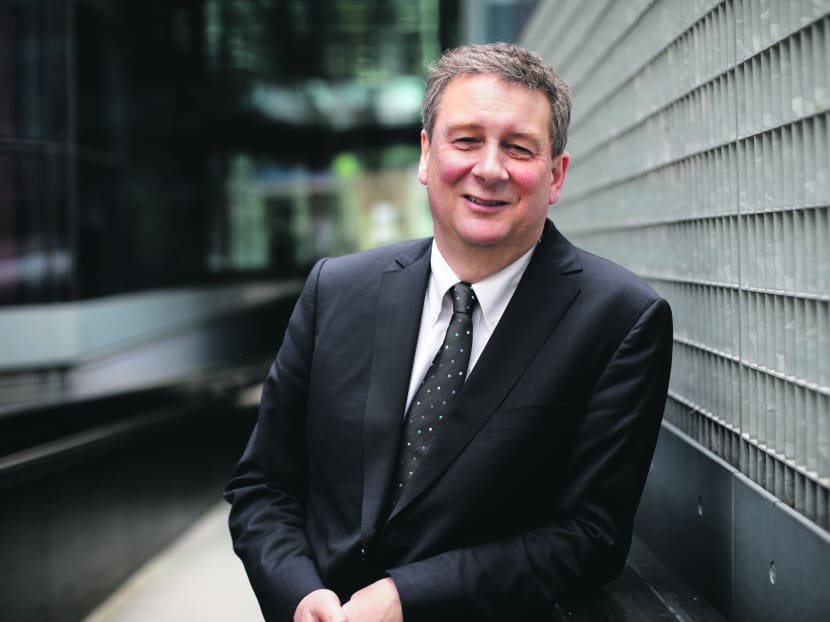Giving students a head start in clinical environments
SINGAPORE — Apart from providing students with greater exposure to patients and clinical environments at an earlier stage — compared to traditional medical programmes — the Lee Kong Chian School of Medicine also hopes to train more clinical scientists and independent researchers, its Dean, Professor Dermot Kelleher, told reporters yesterday in his maiden interview.

Lee Kong Chian School of Medicine Dean, Professor Dermot Kelleher, says the school seeks to create a capacity for lifelong learning. Photo: NTU
SINGAPORE — Apart from providing students with greater exposure to patients and clinical environments at an earlier stage — compared to traditional medical programmes — the Lee Kong Chian School of Medicine also hopes to train more clinical scientists and independent researchers, its Dean, Professor Dermot Kelleher, told reporters yesterday in his maiden interview.
The new school — jointly set up by the Nanyang Technological University (NTU) and the Imperial College London — will begin classes in August with 54 places available.
Professor Kelleher, who is also Principal of the Faculty of Medicine at Imperial College London, said the Lee Kong Chian School of Medicine’s five-year programme — which is geared towards innovation, independent thinking and seeks to create “a capacity for lifelong learning” — will make use of team-based learning and utilise technology by, for instance, giving all its freshmen an iPad each.
In their first two years of study, the students will undergo simulation training to learn critical communication skills and speak to patients at hospitals and polyclinics in order to master the “art of listening”, according to NTU. Dubbed the “long-term patient project”, this will start as early as two months into the students’ first year.
Prof Kelleher said he and his team had introduced early clinical skills training when he was heading the School of Medicine at Trinity College Dublin. “It had a fundamental difference ... Students have this difficult transition — they go from really smart, well-educated young people, to then having to make this transition, but they’re able to interact with patients, talk to patients and empathise with patients,” he said.
He added that producing more clinical scientists and independent researchers will be a challenge. “It requires determination, stamina and it requires mentorships ... it’s one of the most important things we can do long term because that drives real science discovery in medicine,” he said.
On how Singapore’s third medical school differs from the National University of Singapore’s Yong Loo Lin School of Medicine and Duke-NUS Graduate Medical School, Prof Kelleher said he was “in no position” to comment. “At the end of the day, all of us have a responsibility to society and to the people of Singapore, that we deliver ... competent and quality doctors,” he said.
Nevertheless, he noted that although Duke-NUS also uses elements of team-based learning, the Lee Kong Chian School of Medicine uses this approach at the start of the programme.
Since November, some 832 students have taken the BioMedical Admissions Test — an aptitude test used as part of the admissions process for medicine, veterinary medicine or biomedical sciences in some universities here and in the United Kingdom — and have expressed interest in joining the Lee Kong Chian School of Medicine.
About 400 candidates will be interviewed and only one in 16 will be selected. Applications are open till the end of the month.





